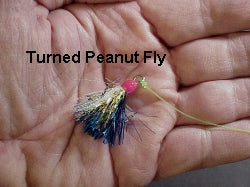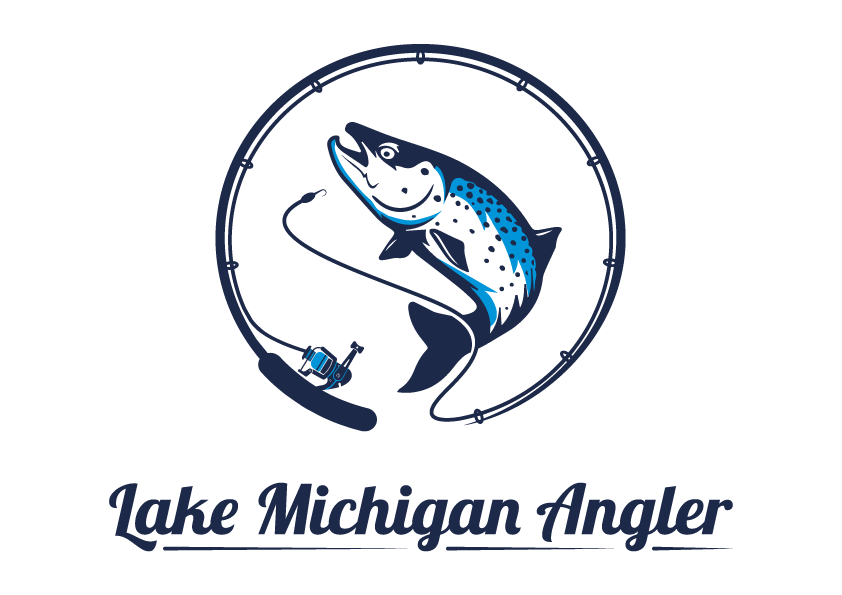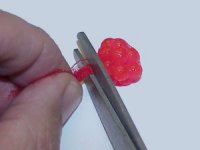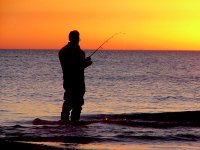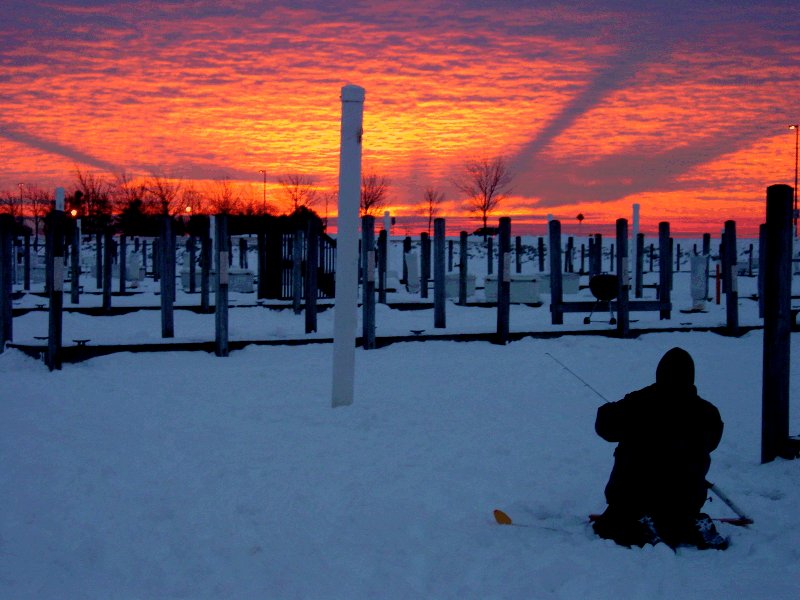

A Bead Chain Inline Trolling Sinker is attached directly to your fishing line. The Torpedo shaped design and multiple bead chain swivels eliminate twisted or kinkedBead Chain Inline Trolling Sinker line. The Keel shaped sinker is designed to track better and eliminate line twists or kinked fishing line. Some fishermen use rubber core sinkers. We do not recommend rubber core sinkers for trolling because they can cause line twist and weaken your fishing line. The length of the fishing line from your planner board and the weight of the bead chain sinker will affect the depth of your lure. For example using a ¾ ounce bead chain sinker with 50 feet of line from the planner board should get your lure to approximately 18 feet of depth. The numbers in the accompanying chart are estimates and can be affected by line diameter and trolling speed. Use the depth numbers provided only as general guidelines. In early spring the salmon and trout can be located near the surface. Close to the surface the water temperature is usually warmer. Set some lures near the surface in the top 5 feet of water. Other lures should be staggered at different depths to cover the top 20 feet or water. If during your fishing trip most fish are caught with lures set to run at 10 feet of depth, you can easily adjust other lures to that same depth, by increasing or decreasing the length of the leader from your planner board. Using multiple planner boards on one side of the boat, the deepest set lure should be the closest planner board to the boat. The shallowest running lure should be the farthest planner board from the boat. Using this tactic will help eliminate tangles.




